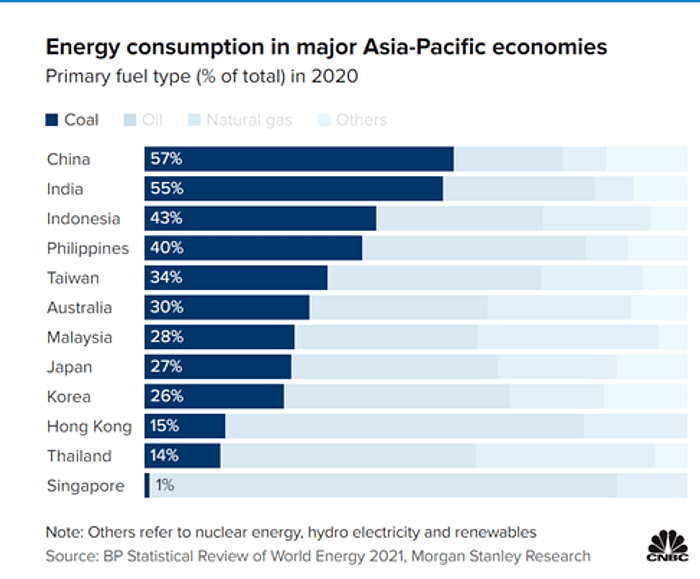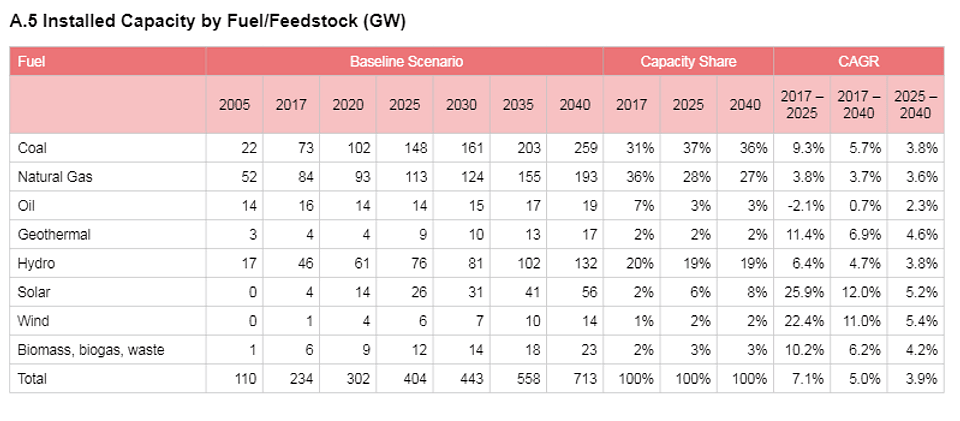Southeast Asia is a region at the forefront of the climate change discussion. On the one hand, it faces some of the biggest risks from rising temperatures and environmental degradation. Yet at the same time the region is emerging as a global leader in harnessing new ideas to accelerate its journey to net zero.
Unsurprisingly, technology is at the centre of efforts to reach this ambitious goal and there have been major developments in ASEAN’s tech ecosystem as the region takes steps to reduce greenhouse gases and avert disaster. We take a look at some of the important initiatives in Southeast Asia that will drive sustainability conversations in 2022.
Technology unlocks ESG investments
The push to mitigate the impact of climate change requires large scale financing, with Southeast Asia alone estimated to need US$2 trillion of investments over the next 10 years. The opportunity is significant for investors and companies – by 2025, global ESG assets could pass US$53 trillion. However, many investors have been hampered by the lack of high quality data to make the right investment decisions.
In Singapore the central bank has launched Project Greenprint to address gaps in reporting and accessing reliable ESG data. The four tech platforms under this project (see image below) will provide various stakeholders, including investors, with the tools to enhance ESG disclosures across different frameworks, access data-driven insights aggregated from key sources, verify ESG certifications and connect with green fintechs in the city.

Meanwhile, the Singapore Fintech Association has established a Green and Sustainable Fintech Sub-Committee to represent Singapore’s burgeoning green fintech community and drive industry initiatives to support sustainable finance. Globally, green fintech solutions are showing great promise, enabling asset managers to gather real-time carbon footprint data and sync that with other ESG data sources to produce high quality investor reports on-demand, and help companies identify greener vendors for their supply chain.
In Malaysia, ranked as the world’s top Islamic fintech market, fintech companies focused on Islamic finance are seen holding the key to channel funding to small and mid-sized businesses and widen the financial inclusion net while prioritising sustainable development. Furthermore, the FIKRA Islamic Fintech Accelerator Programme – a collaboration between the Securities Commission Malaysia and the UN Capital Development Fund – was launched earlier this year to provide a conducive ecosystem for promising fintechs.
Green data centres power the digital economy
Even as digitalisation is providing new and better opportunities for financing climate-friendly activities, the question arises of how energy-intensive data centres – the backbone of digitalisation – can be powered with cleaner energy.
The question is even more pertinent for Southeast Asia, whose share of data centres is expected to increase in the coming years. As a region with the highest internet penetration rate in Asia Pacific (69%), and with more businesses accelerating their digital transformation plans, demand for data storage capacity and faster internet connectivity is increasing. This in turn is fuelling the region’s data centre market, which is expected to experience a CAGR of more than 8% between 2021 and 2026.
As data centres proliferate, they will generate a rapid rise in carbon emissions if they continue to use traditional energy sources, such as coal. However, ASEAN countries are taking steps to address this problem.
For instance Singapore, one of the top five data centre markets in the world, has a public-private sector partnership with Facebook to fund research into building sustainable data centres for tropical climates. The research aims to reduce the energy required for cooling – which comprises almost 40% of a data centre’s energy consumption today, and is the biggest challenge for hot and humid locations. Some industry players, such as Keppel Data Centres and BDx, are exploring the option to construct floating data centres, which will leverage seawater for their cooling needs, resulting in lower electricity and treated water consumption.
In Indonesia, currently experiencing significant growth in data centre construction, the data centre market in Jakarta is expected to almost triple its size within five years to US$625 million. Importantly, efforts like the Energy Transition Mechanism (ETM) Southeast Asia Partnership, announced at the recently concluded COP26 between Indonesia and the Asian Development Bank, will help accelerate Southeast Asia’s largest economy transition from coal, its biggest energy source today, to clean energy, which will aid the growth of environment-friendly data centres.

Carbon capture and storage technologies mitigate emissions
If energy projections hold true, ASEAN as a whole will still be largely reliant on ‘dirty energy’ by 2025, with coal making up over one-third of installed capacity and natural gas coming in second, at 28%.

While the region is speeding up its shift to renewable energy, identifying the means to capture carbon emitted by the large-scale burning of coal and other fossil fuels remains an important mechanism in the region’s carbon emissions reduction toolkit. In fact, the technology is viewed as an essential part of the global strategy to mitigate emissions.
The Asia CCUS Network – which includes ASEAN member nations, Australia, India, Japan and the United States – was recently formed to foster cooperation and knowledge sharing among its members on carbon capture, utilisation and storage (CCUS) technologies to help Southeast Asia move towards net zero.
Increasingly, CCUS is viewed as a new growth area as corporations consider Southeast Asia to base their projects. Of the almost 60 commercial CCUS projects announced worldwide since 2018, at least seven are in early-stage development in Southeast Asia. Storegga, a carbon management technology company, and oil giant ExxonMobil are reportedly considering the region for their new carbon capture and storage facilities. While the companies have not released details, ExxonMobil has shared initial plans to build carbon capture hubs in land-scarce areas with high industrial activity, like Singapore, and connecting them to storage facilities sited in other countries within the region.
World-class communications strategy and execution
Contact us to get started